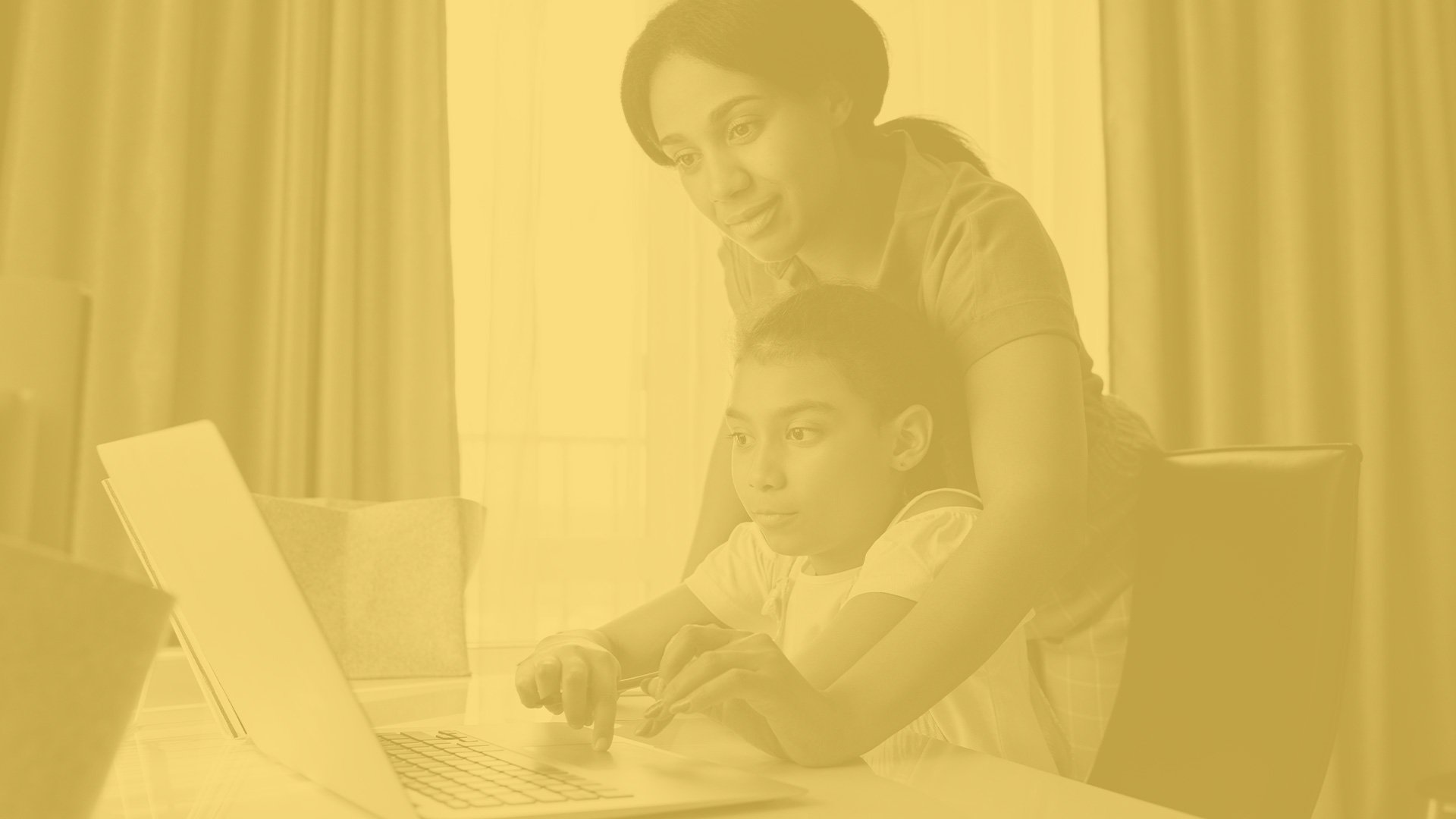
S3A - Multiplicative Relations
Did you know that you can get EVERYTHING in Stage 3, Part A for $99? Go to WHICH CLASS/STAGE? - Stage 3 - Year 5 - Buy Now.
Bite 2
Use partitioning and place value to multiply 2-, 3- and 4-digit numbers by one-digit numbers.
Use mental strategies to multiply one-digit numbers by 10, 100, 1000 and their multiples
Estimate the product of 2 numbers (one-digit by 2- or 3-digit numbers) using multiples of 10 or 100
Use informal written strategies such as the area model to solve multiplication and division problems
Use the distributive property with the area model to partition numbers in representing multiplication problems
Use the distributive property with partial products to solve problems by multiplying the hundreds, then the tens and then the ones
Record the product of multiplying by a one-digit number using a formal algorithm
Did you know that you can get EVERYTHING in Stage 3, Part A for $99? Go to WHICH CLASS/STAGE? - Stage 3 - Year 5 - Buy Now.
Bite 2
Use partitioning and place value to multiply 2-, 3- and 4-digit numbers by one-digit numbers.
Use mental strategies to multiply one-digit numbers by 10, 100, 1000 and their multiples
Estimate the product of 2 numbers (one-digit by 2- or 3-digit numbers) using multiples of 10 or 100
Use informal written strategies such as the area model to solve multiplication and division problems
Use the distributive property with the area model to partition numbers in representing multiplication problems
Use the distributive property with partial products to solve problems by multiplying the hundreds, then the tens and then the ones
Record the product of multiplying by a one-digit number using a formal algorithm

